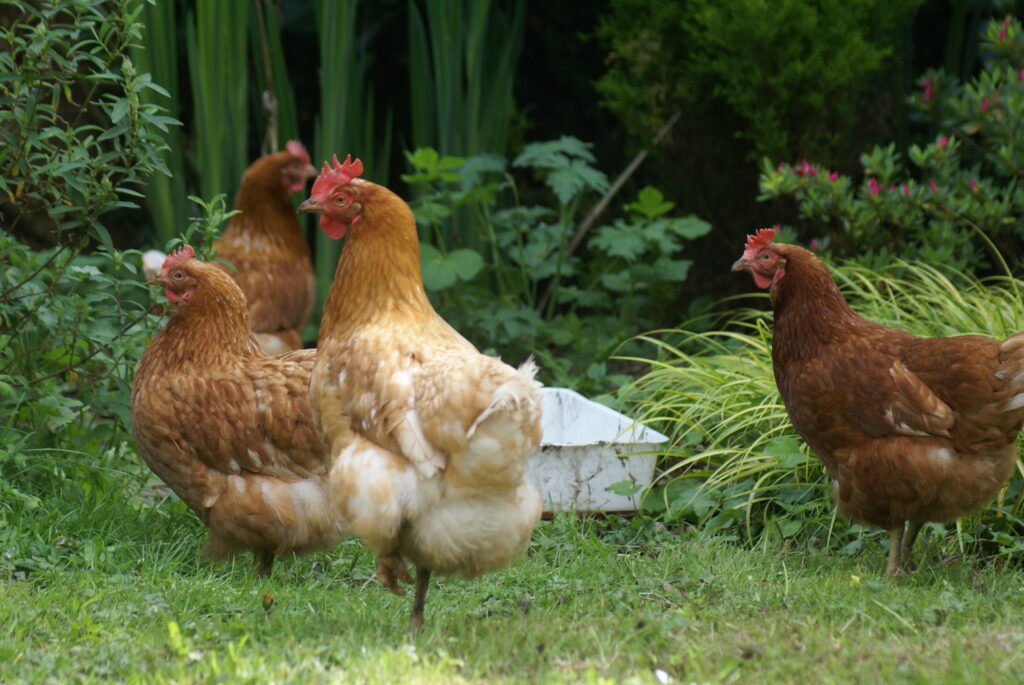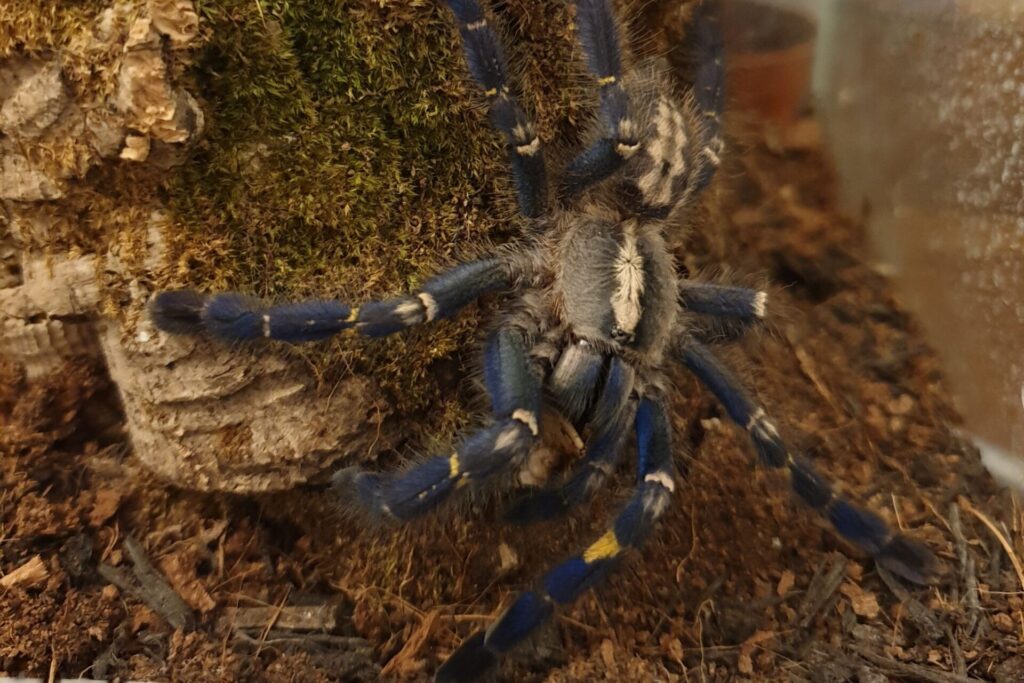September/October of last year I had a strong desire to keep something exotic and interesting. Like most people the thought of owning a very large spider wasn’t top of my list. But after careful and long consideration I settled on a young Mexican giant red knee tarantula (Brachypelma smithi)who, with the help of housemates after their initial protests, I named Francis.
Some tarantulas can be very docile and are possibly the easiest animals to keep. However like people and any animal, each spider is an individual and will not all act the same.

Since Francis, in a space of about nine months, I have bought eleven more tarantulas, all different species and all different sizes. Five of the tarantulas I got were spiderlings and are infamously less hardy than bigger tarantulas. Unfortunately one of those did die a few weeks ago from a bad molt but it often happens to really young spiders as the hundreds of baby spiders are not subject to natural selection so weaker individuals are often come upon.
As a common rule tarantulas are not pets like cats, dogs or even rabbits etc but more like fish where you look at them and have fun caring for them but the physical interactions are limited. Picking the spider up can and will cause it stress so I do avoid it, however Francis is often trying to get out when I feed it a cricket or give it water, so I do put my hand out and it comfortably walks on and shows no signs of distress.
One thing I have noticed while keeping them is that even though I wasn’t the biggest arachnaphobe my fear for spiders has completely gone.

My personal opinion and definitely anyone’s that keeps them is that they are highly fascinating. Some tarantulas especially African species, which I have none of, can be pet holes so are not desirable for anyone looking to get started. Old world species in general are not suitable to own unless you are dead passionate on tarantulas as they can be highly aggressive and have much more potent venom. I personally only have one, a gooty ornamental spiderling who luckily is very calm.
Apart from keeping live insect feeders and as I’ve said before tarantulas can be very easy to keep. A hide, a water bowl (I use bottle tops) and an enclosure with air holes is all they really require. Depending on the size, I feed my spiderlings a cricket leg a week, my juvenile spiders a cricket a week, larger juveniles two crickets a week and my only adult tarantula, a Costa Rican striped knee, four crickets a week. But it all depends on how hungry they are. If a tarantula is hungry it’ll eat, if it isn’t it wont, it’s really that simple.
I have bought most of my tarantulas from thespidershop.co.uk but there are others out there depending on where you live. The supplier I bought Francis from was a bit pricey which I realised after owning more tarantulas. I tend to look for tarantula specialists rather than general pet suppliers and as it is a live animal I would recommend sticking to local suppliers to lower the time the spider is in transit.

